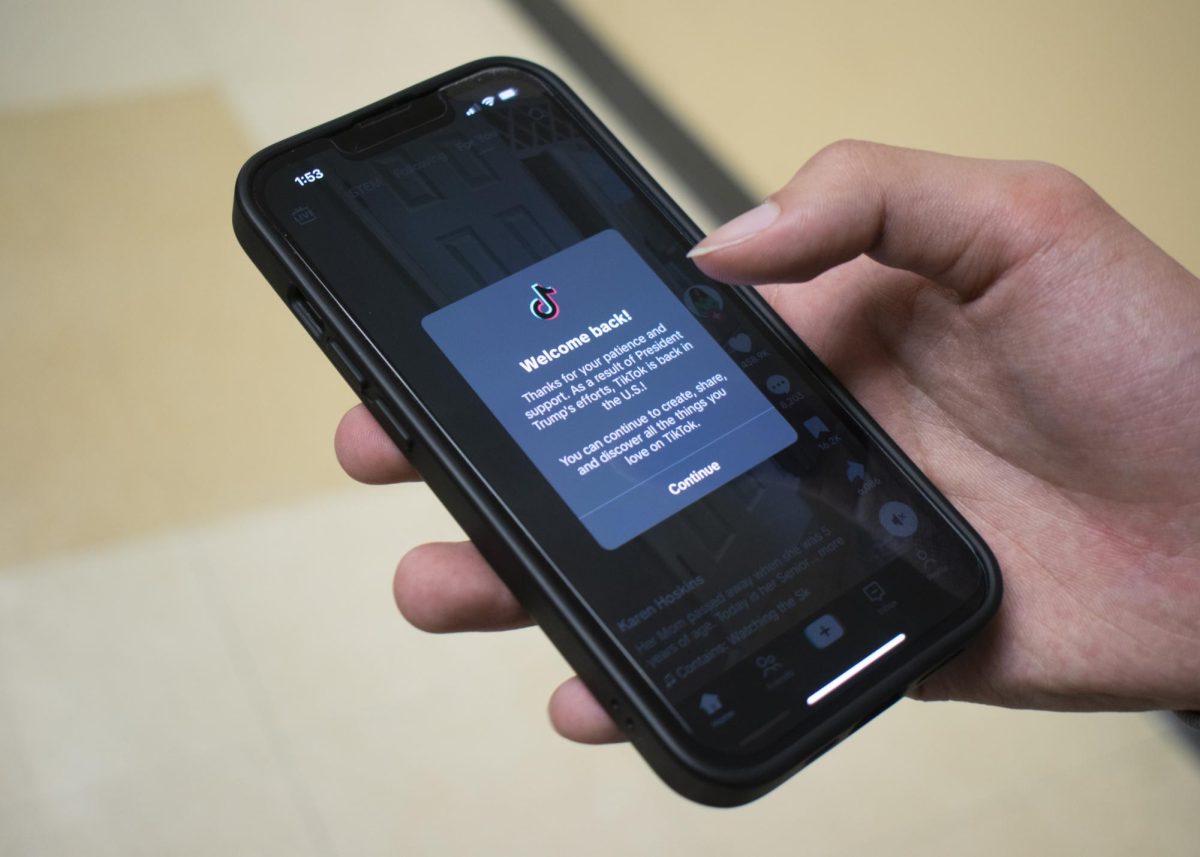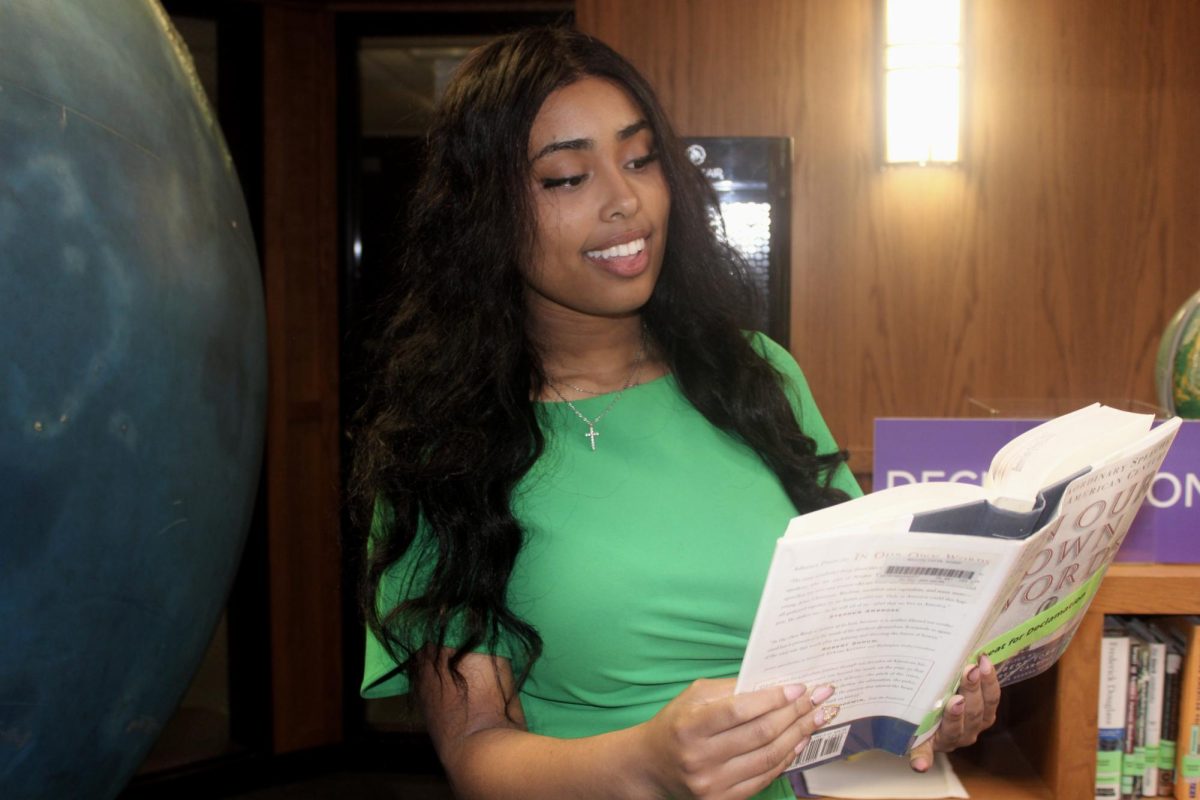Following a 12-hour long suspension, TikTok restored its services for U.S. users after President Donald Trump indicated on January 19 that he would halt the ban.
After a 9-0 Supreme Court ruling in favor of a law banning TikTok on January 17, users discovered they were unable to log onto the app the following day. This marked the first time a major social media platform was banned in the U.S. The next day, however, users who had already downloaded the TikTok app were notified that TikTok would be back in the U.S. as a result of President Trump’s efforts.
“A lot of my friends use TikTok to just […] scroll and just relax after doing homework or whatever. So everyone was just texting. They were freaking out. [They were] like, ‘Oh, I don’t know what to do now,’” says Tien Ho (II) regarding TikTok’s 12-hour hiatus.
The U.S. had originally banned TikTok, an app owned by the Chinese company, ByteDance, due to fears that its links to the Chinese government could harm national security. A law passed in April last year had forced the company to either sell a certain percentage of shares of the app to a U.S. company or be banned from the country by January 19.
While ByteDance had not sold any of its shares by this deadline, Trump extended the deadline for 75 days. Boston Latin School Director of Technology Mr. Patrick Hourigan shares, “I hope the Trump administration will use that time to take a thoughtful look at not only TikTok, but other current and potentially future technologies developed overseas and create a safe, measured plan to manage their impact and access in the United States.”
The banning of TikTok comes with various consequences. In the short term, content creators who built their entire brand on the app were suddenly confronted with the loss of their primary source of income. In the long-term, the banning raises crucial questions concerning the regulation for all overseas technology companies in the U.S.
With TikTok banned, many Americans have been trying to find an alternative. Another popular Chinese-owned social media app, Xiaohongshu, known in English as Rednote, saw an influx of over 700,000 new users. Chinese content creators have recorded videos, welcoming these ‘TikTok refugees’ to the app.
The app itself is struggling to balance between satisfying new American users and aligning with its stringent moderation rules.
As a result, some have expressed their dissatisfaction over the strict censorship on various social media apps. Ho explains, “If you search up anything politics-related, or I think I tried to follow the wildfires in California or the election, it says a warning […] and it censors some of the videos that you can’t watch anymore.”
For the student body, the ban has both positive and negative effects. Without TikTok, students are able to pursue other interests and perhaps spend less time on their phones. On the other hand, students may feel compelled to flood to other apps, such as Xiaohongshu (Rednote), as they search for alternatives.
The banning of TikTok calls into question the safety of social media apps in general. Social media platforms have the capacity to store information about their users, and they often make it unclear about how that data is put to use.
Winnie Chen (III) concludes, “TikTok is really addictive, [so] we should look for different sources of media that are not about other people [and] so […] focused on other people’s lives.”
Categories:
Tick, Tock: Impending TikTok Ban
By Mary Deng (II) & Olivia Chen (III), Assistant News Editors
February 9, 2025
0







